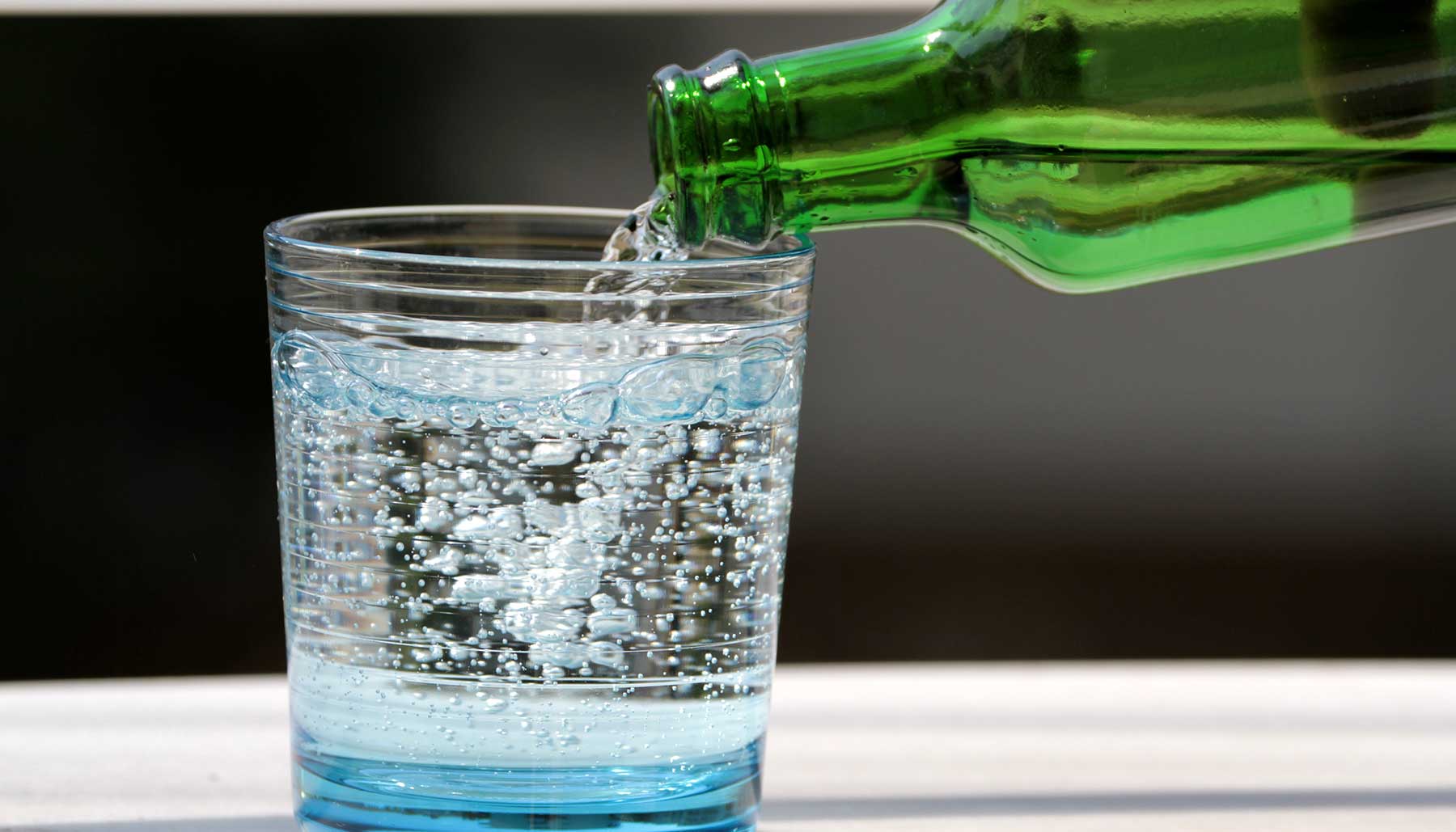In recent years, we’ve seen several disasters affect the public’s drinking water. Just one drastic event can disrupt or contaminate water supplies. Some of these events are caused by people – like the recent train derailment in Ohio and the crisis in Flint, Michigan. Plenty of disruptions and contaminations are also caused by natural disasters, like earthquakes, hurricanes, tsunamis, and more.
Why am I bringing this up?
Well, the first thing that happens in these situations is always the advice to use bottled water. It seems logical. If the tap water has become contaminated, source water from somewhere else, right?
As it turns out, that bottled water you just purchased might not be much better. In fact, it might be largely the same as the water coming from the tap.
The Latest Disaster To Contaminate Drinking Water Supply
The recent toxic train disaster in East Palestine, Ohio, is the latest catastrophe to taint the water supply.
A 150-car train carrying hazardous chemicals derailed there, resulting in a chemical spill. One of those hazardous materials was vinyl chloride, a flammable gas used to make polyvinyl chloride (PVC, which is also commonly known as vinyl). The stuff is used to make pipes, medical devices, automotive interiors, flooring, and even shoes. It’s one of the most widely produced plastics, and it’s also the most environmentally damaging plastics.
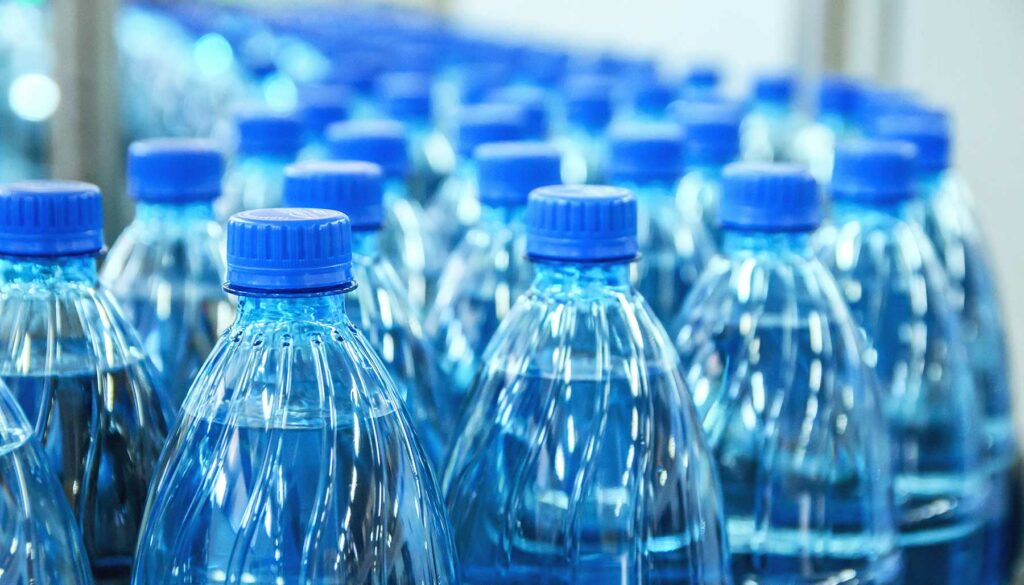
Soon after, the U.S. Environmental Protection Agency also discovered that ethylene glycol monobutyl ether, ethylhexyl acrylate, and isobutylene were also contained by rail cars that were derailed, damaged, or on fire. I won’t bore you with all the details here, but these are carcinogens that also produce other health problems upon contact, like dizziness, burning and irritation, shortness of breath, and more. In other words, stuff you don’t want in the air, the ground, or the water supply.
Unfortunately, the Ohio River is a source of water for five million people. The decision to intentionally release and burn the toxic chemicals was made to avoid an uncontrolled explosion. While it might have prevented that explosion, it also means that all that toxic material was brought out into the open. Officials in Ohio urged people in East Palestine to drink bottled water. We’re still trying to figure out the levels of contamination in the area, and several thousand fish have died from the spillage.
So now, just like with the residents of Flint, Michigan, a lot of people are turning to bottled water, instead of simply turning on the tap. I mean, understandably so.
Where Does the Water Come From?
Where am I going with this? Well, it’s bottled water that people are being urged to use instead of tap water. But have you ever thought about where all that bottled water actually comes from?
I think it’s safe to assume it’s safer than the contaminated water in East Palestine, Ohio, but is it safer than regular tap water in other places?

I once did a deep dive into the differences between brands of water. If you’ve tried enough different brands, you’ve likely noticed that they don’t all taste the same. It’s not your imagination. There are a lot of different factors that change how water tastes.
A big factor? Companies aren’t giving you legitimately pure water. While impurities are removed, they also add things back into the water. Plain, purified water on its own tastes “flat” to consumers. If you peek at the ingredients list, you’ll likely find a few minerals that have been added for flavor.
Another big factor at play for how water tastes comes down to where the water actually came from. As it turns out, not all water comes from an “untouched” aquifer on a South Pacific island.
Related: This Is What Happens When You Don’t Drink Enough Water
Is It From a Spring, or Is It Tap Water?
That isn’t to say that companies aren’t utilizing aquifers for their water. Some bottled water companies really do source water from wells that have been drilled into aquifers, which are underground reservoirs. Fiji is a famous example, and Voss is another. A good number of companies also rely on springs to source water. This would be your Mountain Valley, Evian, Deer Park, and Crystal Geyser, to name a few.
With both aquifers/wells and springs, the water naturally contains minerals that add different flavors to water. This water is still purified to remove any contaminates or other impurities – it does come out of the ground, after all. But clearly, the flavors of these water sources are going to vary.

The rest of the bottled water companies out there, though, are sourcing water from municipal supplies. In other words, it’s just regular ol’ tap water – the same stuff you’re getting from the city – that has been put into plastic bottles and sold back to the public at a huge markup. This makes up more than 60% of bottled water in the U.S.! If you drink Aquafina or Dasani, for example, you’re just drinking tap water that has been purified and marketed.
Labels usually use buzzwords like “pure,” “fresh,” or “natural.” Those things might be technically true, but it is really just clever marketing to make you think it’s somehow better or cleaner than what’s coming out of the sink. And clearly, it’s just the same water, except it’s been purified again and then sat in a plastic bottle for a while.
Related: This is Why You Shouldn’t Keep a Glass of Water on Your Nightstand
Bottled Water Companies That Source From Municipal Supplies
Most municipal water supplies use filtration processes that would remove chemical contaminants like vinyl chloride, but it makes you think, doesn’t it? Using bottled water because it’s supposed to be safer than tap water when it’s really just taps water anyway…
Are you wondering if your favorite water brand is just tap water in disguise? This isn’t an exhaustive list, but these are some of the most popular bottled water brands that come from public water sources.
Aquafina
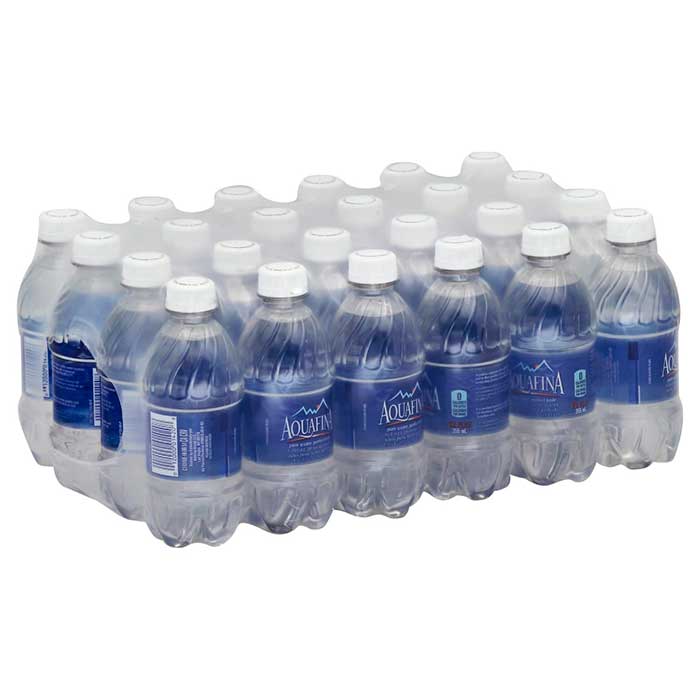
Aquafina makes up a big chunk of domestic bottled water sales in the U.S., making it number one when measured by retail sales. I already mentioned Aquafina as an example of bottled tap water. It is owned by PepsiCo, which gets water from several different public water sources. From there, it is purified, bottled, and sold to consumers. The purification process includes reverse osmosis, ozonation, and carbon filtration.
Core
Core promises to be ultra-purified, is enhanced with electrolytes and minerals, and has a pH that is “uniquely designed for an active lifestyle.” It does go through several different stages of purification that include reverse osmosis, ozonation, and ultra-violet exposure. From there, a blend of electrolytes and minerals are added. Of course, the water had to come from somewhere to start with, and it began as simple tap water. It’s worth noting that excessive purification means this brand is one of the very few that doesn’t contain fluoride.
Dasani
You know how Pepsi and Coca-Cola essentially offer their own versions of the same products? Coke vs Pepsi, Mello Yello vs Mountain Dew, Sprite vs Starry (RIP Sierra Mist!). They also battle it out when it comes to bottled water, and Dasani is Coca-Cola’s answer. Just like PepsiCo, Coca-Cola doesn’t bother sourcing water from wells or springs. They go straight to municipal sources all over the U.S., and then purify it.
Essentia

Essentia starts out as tap water, but by the time it hits store shelves, it is a high (9.5+) ionized alkaline water that claims to rehydrate you better. The pH level is so high because bitter-tasting acidic ions are removed. And while this premium bottled water is purified with reverse osmosis and loaded up with electrolytes, I can’t say for sure that it rehydrates you better than, say, tap water.
Kirkland
Kirkland’s bottled water is a little different than the others on this list. That’s because Kirkland actually sources water from a different bottled water company, Niagara Bottling. They get their water from a combination of sources, including springs, wells, and tap water. There’s a really good chance it’s more tap water than the rest. Niagara also produces water for other companies, like Walmart, Food Lion, BJs, and Safeway.
LifeWTR
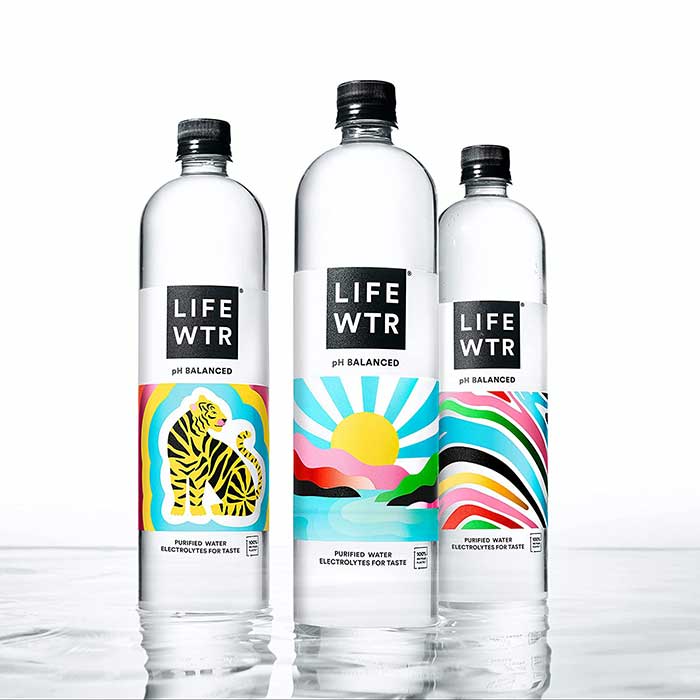
Although LifeWTR is sold as a premium bottled water, it has the same beginnings as the water coming out of the sink. The company sources water from municipal supplies and then purifies it through reverse osmosis. The water is then pH balanced with electrolytes magnesium sulfate and potassium bicarbonate.
Nestle Pure Life
Nestle is a massive corporation, and they produce a lot of bottled water. As you can imagine, they source water from anywhere they can get it inexpensively, which is why they have contracts with all kinds of places. Nestle pulls water from tons of locations across the U.S., including well water and municipal water supplies. They’ve come under fire plenty of times for siphoning water from public supplies and turning it into billions in profits.
Propel
I often hesitate to call Propel “water,” but other people consider it bottled water so I’m going to include it here. It’s actually a zero-calorie flavored water with electrolytes, so I feel like calling it water is misleading. It has a pretty long ingredients list. In any case, the water itself is sourced from tap water supplies and then purified using reverse osmosis.
Smartwater
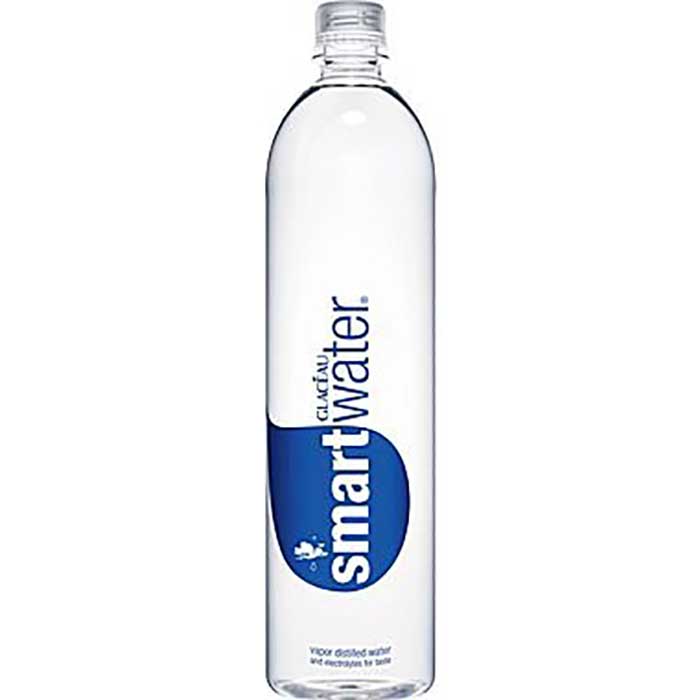
Are you surprised to see Smartwater on this list? There is no denying that a bit of GLACÉAU Smartwater is made from spring water in Northumberland, a county in England. However, the majority of their water is really sourced from public water systems. If you don’t believe me, I pulled that straight from the company’s website. It is then vapor distilled, which removes the minerals, and then they replace the minerals. No, it doesn’t make any sense, but it sounds “smart” so people pay more.
Ps. Smartwater is owned by the Coca-Cola Company, just like Dasani.


